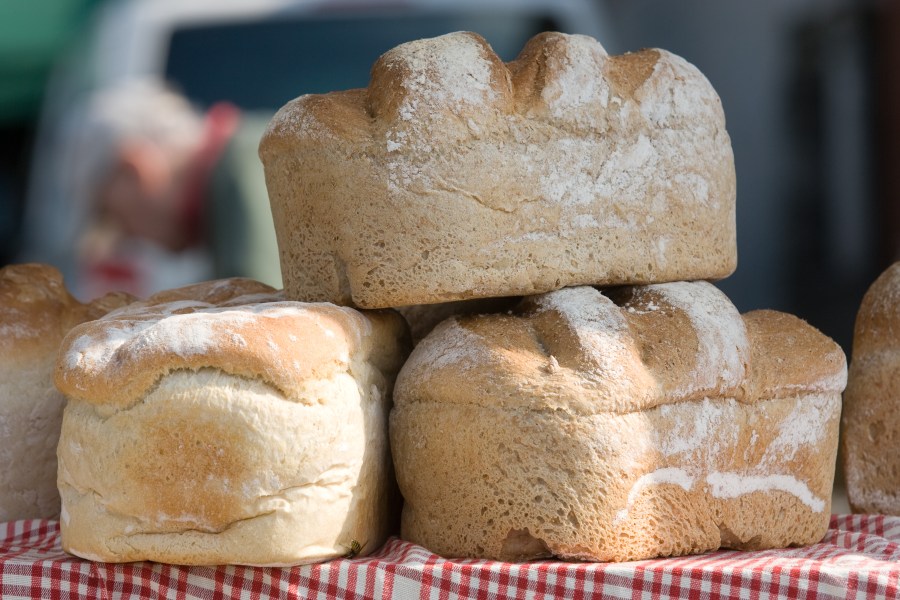A study comparing historic and modern wheat varieties grown side by side has shown an increase in dietary fibre and other features beneficial to human health. Charlotte Cunningham reports.
The 39 wheats varieties, spanning a period of 230 years, were grown three years running at Rothamsted Research in Hertfordshire – which is also the site of the famous Broadbalk wheat trial, which was established in 1843 and is the world’s longest running experiment.
The results are of the study are contrary to concerns that the push for higher yields has made today’s wheat less “healthy” than older types, according to lead author, Dr Alison Lovegrove.
“Despite concerns over the declining genetic variation found across modern wheat types, there is no evidence that the health benefits of white flour from wheat grown in the UK have declined significantly over the past 200 years.
“In fact, we found increasing trends in several components, notably the major form of dietary fibre. This is despite great increases in the yields of wheat grown over this period.”
Other health benefits
The team also found the concentration of betaine, which is beneficial for cardiovascular health, has increased, while levels of asparagine – which can be converted to the potentially cancer-causing chemical acrylamide when bread is baked – have decreased.
The amount of certain sugars, including sucrose, maltose and fructose, have also increased over this period.
The stimulus for the study, according to Alison, was that the great increase in wheat yields brought about by the introduction of dwarf wheat varieties in the 1960s also led to a decline in zinc and iron concentrations.
“What was less clear was the impact on other components of nutrition. In addition, many studies look only at wholemeal flour but by far and away white flour products are the ones most people eat.”
For the purposes of the analysis, the 39 wheats were split into three groups – nine which were bred in the years 1790-1916, before an understanding of genetics had been developed; 13 varieties came from 1935-1972, recognised as a period of increasing scientific understanding; and 17 cultivars that were bred using modern breeding techniques between the years 1980 and 2012.
After milling the grain to white flour, the researchers found that the content of dietary fibre has increased steadily over the past two centuries, with modern varieties containing, on average, about a third higher concentration of the major fibre component, the cell wall polysaccharide, arabinoxylan.
This may be significant for consumers, because fibre is deficient in UK diets with about 10% of the intake coming from white bread.
The increase in betaine may also be beneficial to health. The modified amino acid is key in several metabolic pathways and has been found to help protect internal organs and improve heart health.
Environmental effects
Similar good news is that acrylamide content has shown a decline, according to the study. Acrylamide, which is classified as a probable carcinogen, is produced from asparagine and sugars when certain foods, including bread, are cooked above 120o C.
Writing in the journal Scientific Reports, the team reported a great deal of variation between years – suggesting that environmental conditions such as rain or drought also affect nutritional quality, but that this is small when compared to the effect of the variety.
Alison said: “There is a strong environmental effect on grain composition which must therefore be taken into account when comparing crops grown at different times or at different places. This is a limitation of many studies that have previously looked at the change in nutritional quality of our food through time.”
The project was funded by UKRI BBSRC and also involved staff from the University of Bristol.




